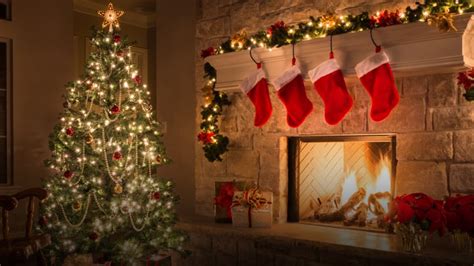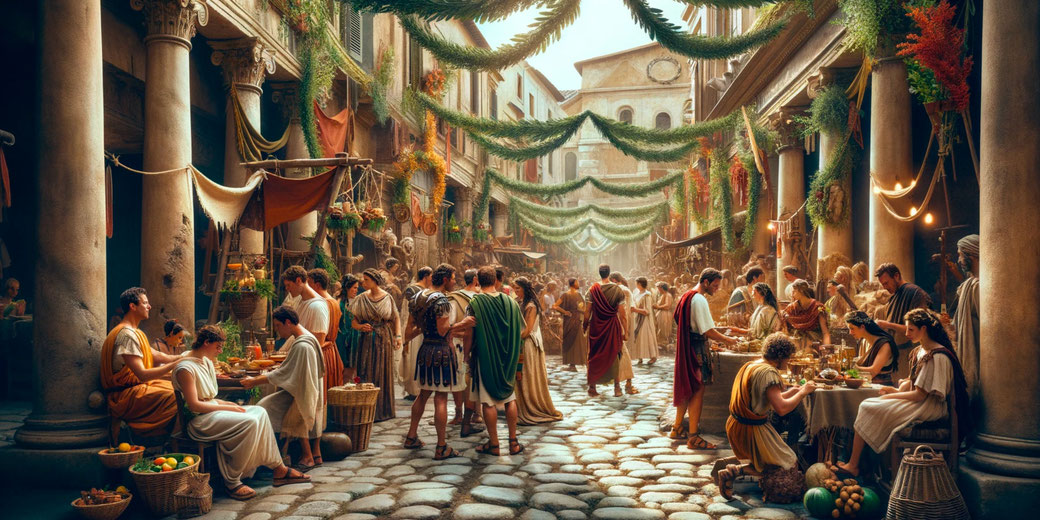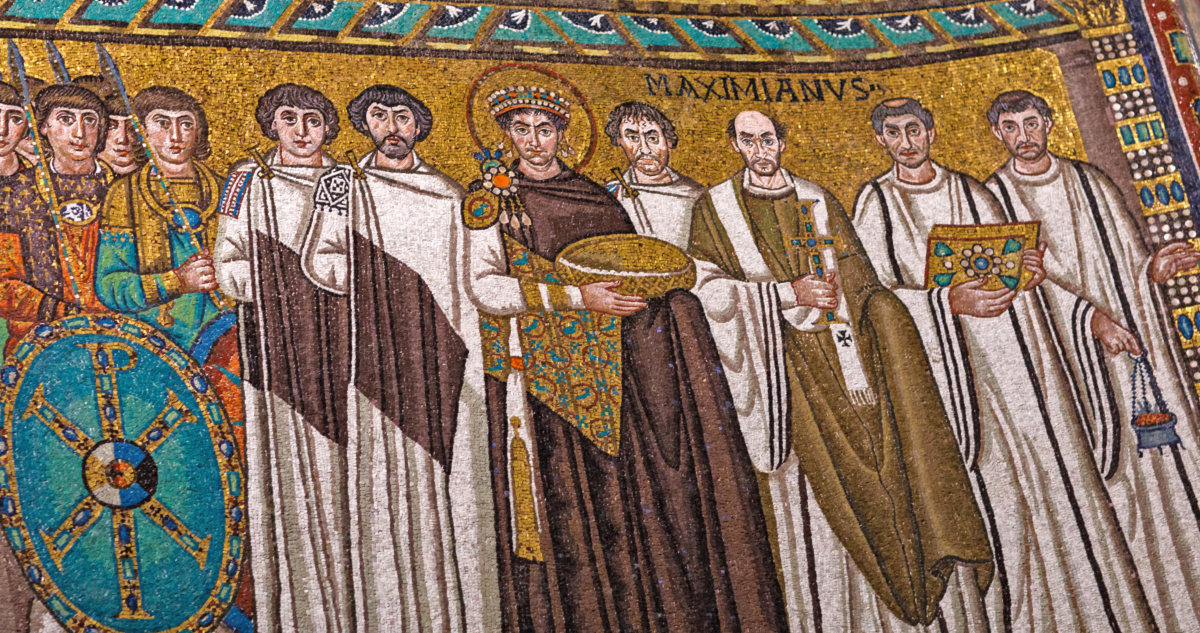
Christmas, a holiday widely regarded as a celebration of the birth of Jesus Christ, has a rich and complex history that spans over two millennia. While many view Christmas as a quintessential Christian holiday, its roots and traditions reveal a fascinating blend of pagan, pre-Christian, and early Christian influences. In this article, we will delve into the evolution of Christmas, exploring its pagan origins, early Christian traditions, and the blending of cultures that have shaped this festive holiday into what it is today.

The Winter Solstice: A Pagan Celebration
The winter solstice, which typically falls on December 21 or 22 in the Northern Hemisphere, marks the shortest day of the year. In many ancient cultures, this period was a time of great significance, as it signaled the beginning of the lengthening of days and the return of the sun. To celebrate this phenomenon, various pagan cultures developed festivals and rituals, often centered around the theme of light, warmth, and the cycle of life.
In ancient Rome, the festival of Saturnalia, honoring the god Saturn, was celebrated from December 17 to 23. This festive period was marked by feasting, gift-giving, and merriment, as well as the reversal of social norms, where slaves were treated as equals and even given temporary freedom.
Germanic and Nordic cultures also observed the winter solstice, with festivals like Yule and Jul, which involved the lighting of fires, the exchange of gifts, and the consumption of special foods and drinks. These festivals were often tied to the worship of gods like Odin and Thor, who were associated with the sun, fertility, and the cycles of nature.
The Early Christian Church and the Birth of Jesus
The early Christian Church, in an effort to spread Christianity and convert pagans, adopted many of the existing festivals and traditions, incorporating them into the celebration of the birth of Jesus Christ. In 336 CE, Emperor Constantine, a Christian convert, declared December 25 to be a day of celebration in honor of Jesus' birth.
However, it is essential to note that the exact date of Jesus' birth is unknown, and December 25 was likely chosen to coincide with the existing Roman festival of Sol Invictus (Unconquered Sun) and the Germanic festival of Yule. By aligning the celebration of Jesus' birth with these pre-existing festivals, the early Christian Church aimed to ease the transition for pagans and make Christianity more appealing.

The Blending of Cultures and Traditions
As Christianity spread throughout Europe, the celebration of Christmas absorbed and integrated various pagan and pre-Christian customs. The tradition of gift-giving, for example, originated from the Roman festival of Saturnalia, while the use of evergreen trees, holly, and mistletoe in Christmas decorations has its roots in pre-Christian European festivals.
The celebration of Christmas also borrowed from the Germanic festival of Yule, which involved the lighting of fires and the exchange of food and drink. The tradition of feasting and merriment during Christmas is also a legacy of the early Christian Church's efforts to adapt to existing pagan customs.
In addition, the celebration of Christmas has been influenced by various cultural and literary traditions, such as the Victorian era's emphasis on family, charity, and social reform, as well as the American cultural phenomenon of Santa Claus, popularized by the poem "A Visit from St. Nicholas" (also known as "The Night Before Christmas") by Clement Clarke Moore.

Conclusion: A Holiday of Syncretism
Christmas, as we know it today, is a rich tapestry of pagan, pre-Christian, and early Christian influences, woven together over centuries. While its origins are complex and multifaceted, the celebration of Christmas has become a universal expression of joy, generosity, and community.
As we celebrate Christmas, we honor not only the birth of Jesus Christ but also the enduring spirit of pagan and pre-Christian festivals, which have contributed to the holiday's enduring appeal. By embracing the syncretism of Christmas, we can appreciate the ways in which different cultures and traditions have come together to create a truly unique and festive holiday.
Gallery of Christmas Origins




What is the origin of Christmas?
+Christmas has its roots in pre-Christian festivals, such as the Roman Saturnalia and the Germanic festival of Yule. The early Christian Church adopted these festivals and incorporated them into the celebration of the birth of Jesus Christ.
Why is Christmas celebrated on December 25?
+December 25 was chosen to coincide with the existing Roman festival of Sol Invictus (Unconquered Sun) and the Germanic festival of Yule. This allowed the early Christian Church to ease the transition for pagans and make Christianity more appealing.
What is the significance of evergreen trees in Christmas decorations?
+The use of evergreen trees in Christmas decorations has its roots in pre-Christian European festivals, where evergreen trees were seen as a symbol of life and fertility during the winter months.